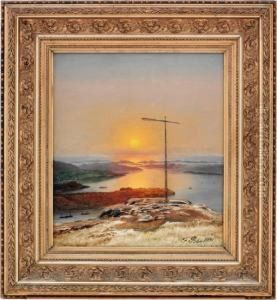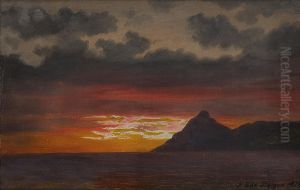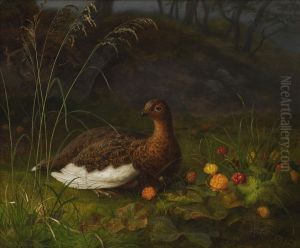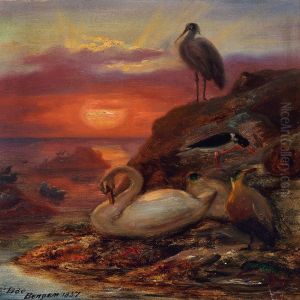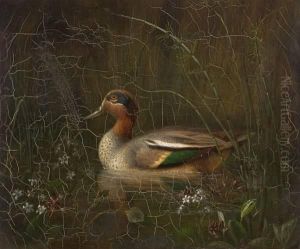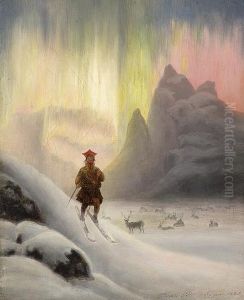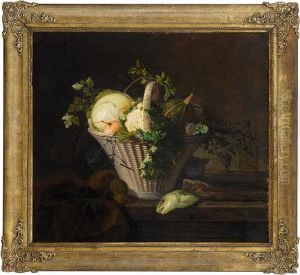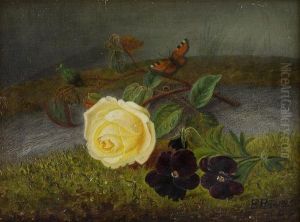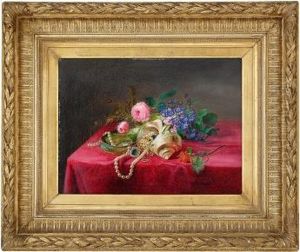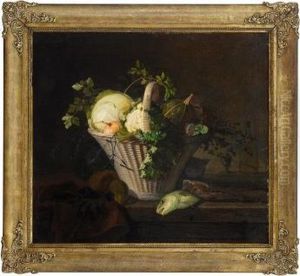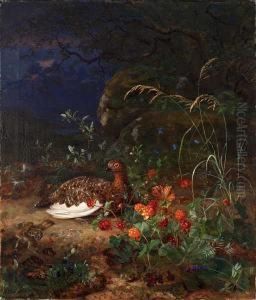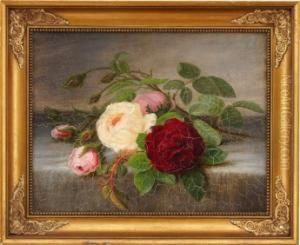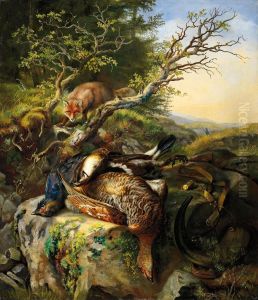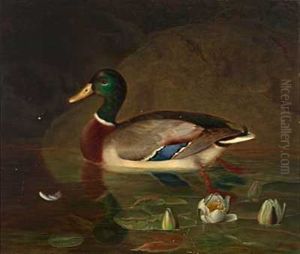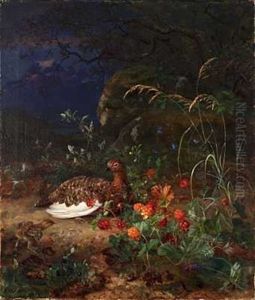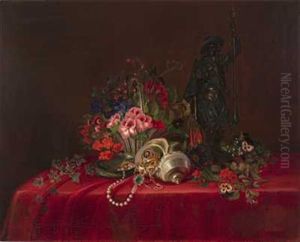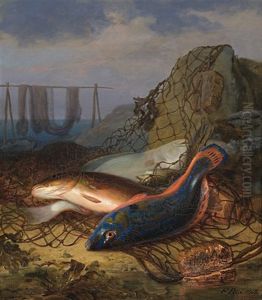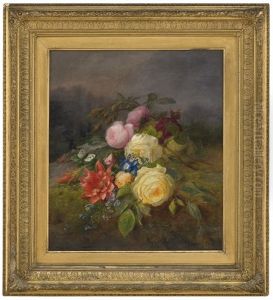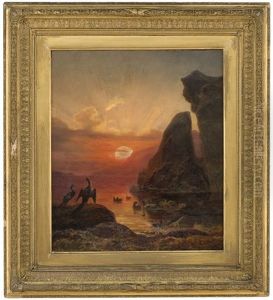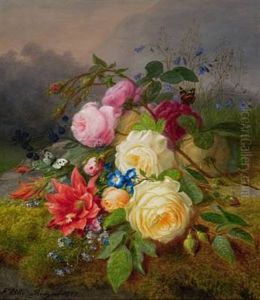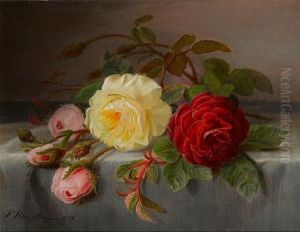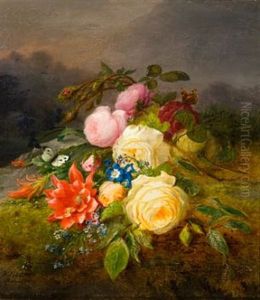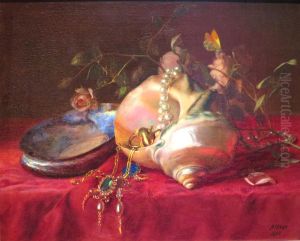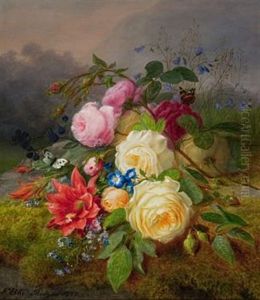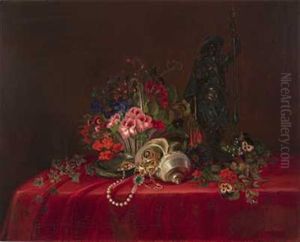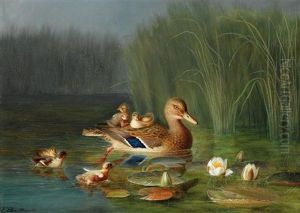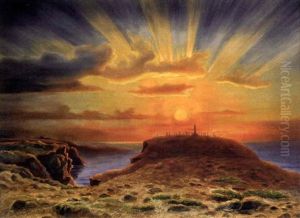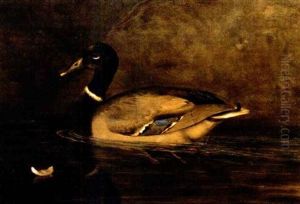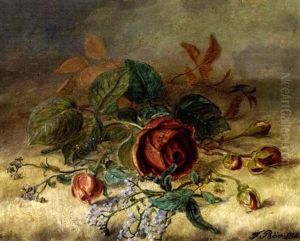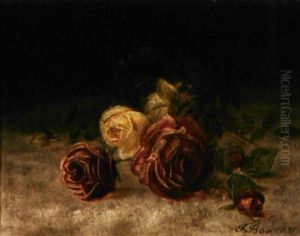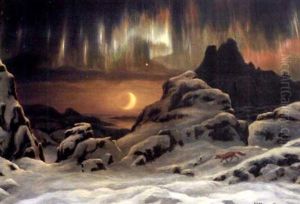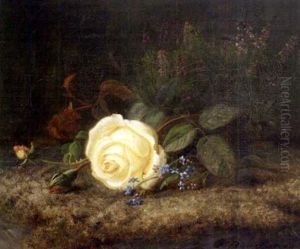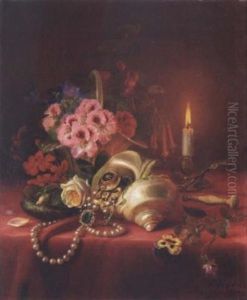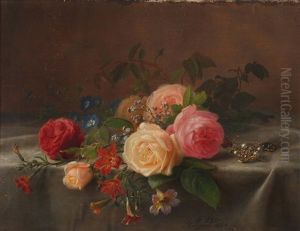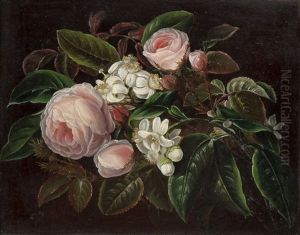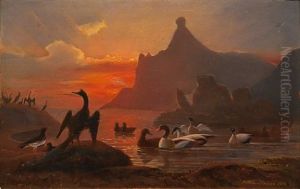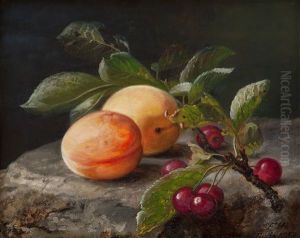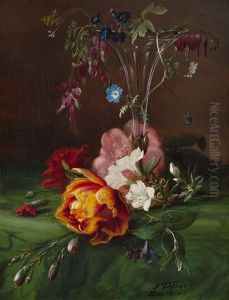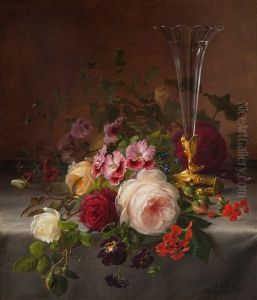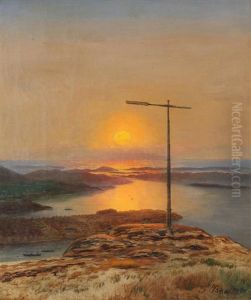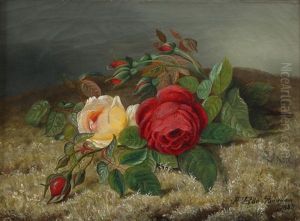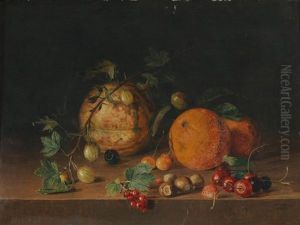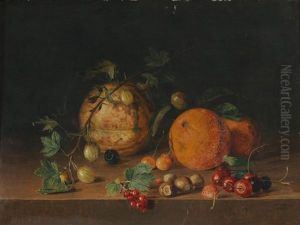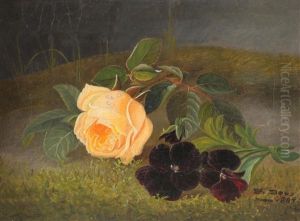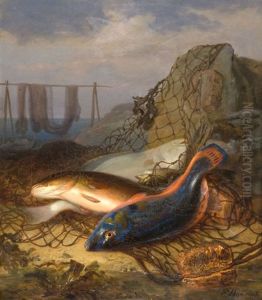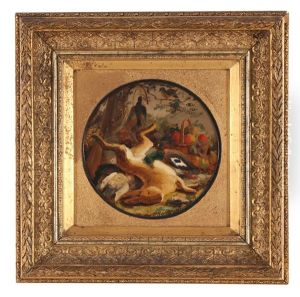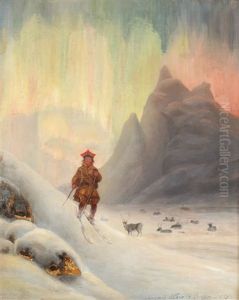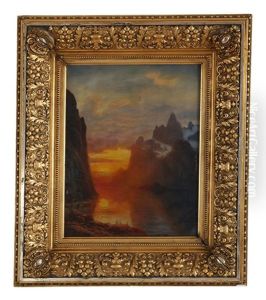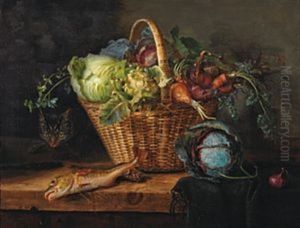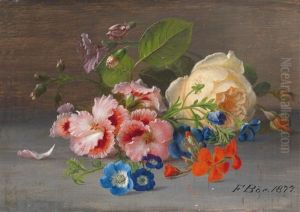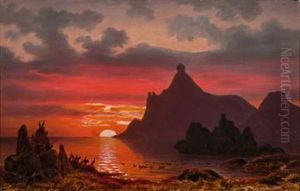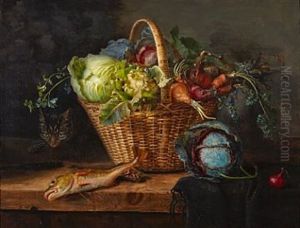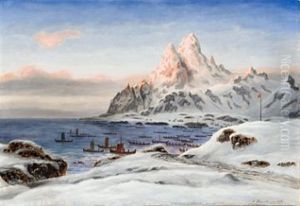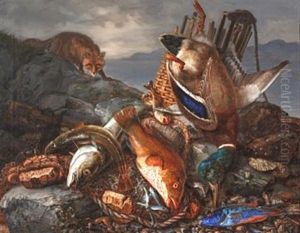Frants Diderik Boe Paintings
Frants Diderik Boe was a Norwegian painter born in 1791, in a period marked by the emergence of Romanticism, a movement that deeply influenced his artistic development. Boe is primarily known for his landscapes and marine paintings, which vividly capture the majestic beauty of the Norwegian countryside and its rugged coastlines. His art reflects a deep appreciation for nature, a hallmark of Romantic art, and he is celebrated for his ability to infuse his landscapes with a sense of sublime vastness and dramatic light.
Boe's journey into the world of art began at a young age, inspired by the natural beauty of his homeland. He pursued formal art education, which was a significant step for artists of his time, allowing them to refine their techniques and gain exposure to different artistic styles. Throughout his career, Boe traveled extensively within Norway, drawing inspiration from its diverse landscapes. These travels were crucial in developing his distinctive style, characterized by meticulous attention to detail and a masterful use of color to evoke emotion.
During his lifetime, Boe achieved a moderate level of success and was respected among his peers. However, it wasn't until after his death in 1857 that his work gained broader recognition. Today, Frants Diderik Boe is remembered as an important figure in Norwegian art history, particularly within the context of the Romantic movement. His paintings continue to be admired for their beauty and emotional depth, offering viewers a glimpse into the sublime nature of Norway's landscapes.
Despite the challenges of his era, including limited opportunities for artists and the evolving tastes of the art market, Boe remained dedicated to his vision. His legacy is that of a pioneering spirit in Norwegian art, someone who contributed significantly to the country's cultural heritage through his passionate portrayal of the natural world. His work not only captures the physical beauty of Norway but also embodies the romantic spirit of his time, making Frants Diderik Boe a cherished figure in the annals of art history.
